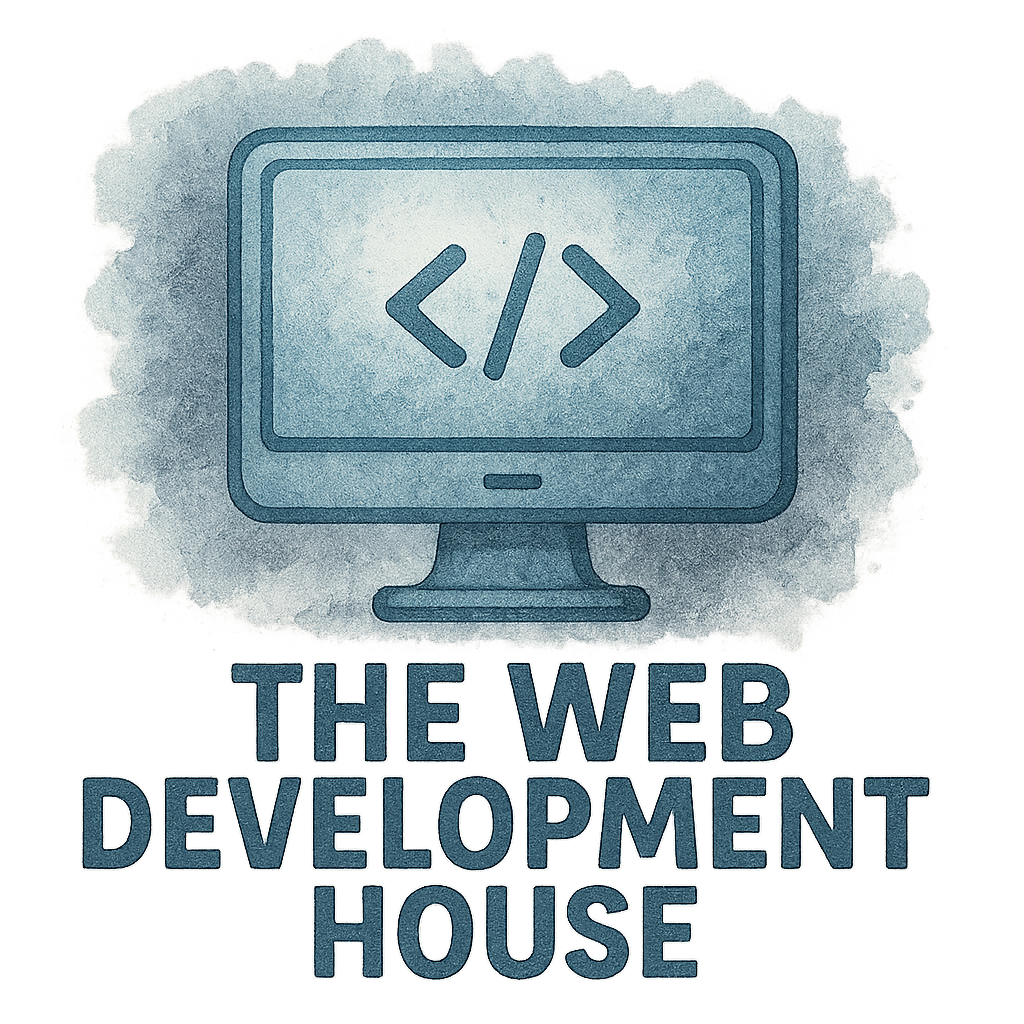Let’s face it — when people talk about web development, HTML often gets overshadowed by the flashy new JavaScript libraries or the coolest CSS frameworks. But here’s the kicker: HTML is the skeleton of the web. Nail the basics, and everything else flows smoother. Whether you’re a seasoned coder or just starting out, these 10 HTML tricks will level up your web development projects like a boss.
Why HTML Still Matters in Modern Web Development
You might think HTML is old school, but it’s still the backbone of every single webpage. And with HTML5, it’s more powerful and flexible than ever. Clean, well-structured HTML can improve accessibility, SEO, user experience, and even performance. That’s why mastering these tricks isn’t just helpful—it’s essential.
Want to build better, faster, more efficient websites? Let’s get into it.
Trick #1: Use Semantic HTML Elements
What Are Semantic Elements?
Semantic elements like <header>, <article>, <nav>, and <footer> clearly describe their meaning in the context of the page. Instead of stuffing everything into <div> tags, use elements that tell browsers—and screen readers—what content represents.
Why They Matter for SEO and Accessibility
Using proper semantics gives your site an instant SEO boost and makes it more accessible for screen readers. It’s a win-win. You can read more on semantic practices on the best practices tag page.
Trick #2: Leverage the Power of the <picture> Element for Responsive Images
Improve Load Time and Responsiveness
Responsive design isn’t just about flexible grids—your images need to adapt, too. The <picture> tag allows you to specify different image sources based on the screen width or device type.
htmlCopyEdit<picture>
<source media="(min-width: 768px)" srcset="large.jpg">
<img src="small.jpg" alt="Example image">
</picture>
This technique drastically improves page load times on mobile, keeping users and search engines happy.

Trick #3: Add Microdata with Schema.org
Enhance Search Engine Visibility
Want Google to notice your site? Embed Schema.org microdata into your HTML. This helps search engines understand your content more deeply—think rich snippets like product reviews, recipes, events, and more.
htmlCopyEdit<div itemscope itemtype="http://schema.org/Article">
<span itemprop="headline">10 HTML Tricks</span>
</div>
This is essential for any professional web development strategy.
Trick #4: Lazy Load Images with the loading Attribute
Optimize Performance Effortlessly
Big images can drag down your load times. With HTML5, you can now lazy-load images using just one attribute:
htmlCopyEdit<img src="image.jpg" loading="lazy" alt="Lazy loaded image">
It’s that easy. No need for third-party libraries or JavaScript hacks.
Trick #5: Use contenteditable for Dynamic Content Editing
Make Your Web Pages Interactive Instantly
Want to let users edit text directly on the page—like a CMS? Try contenteditable. It turns any HTML element into an editable field.
htmlCopyEdit<div contenteditable="true">Click here to edit me!</div>
Great for prototypes or internal tools.
Check how this can help in project management systems or feature-rich applications like a development house.
Trick #6: Create Custom Tooltips with the title Attribute
Boost User Experience without JavaScript
Want a quick way to give users more info? Use the title attribute:
htmlCopyEdit<button title="This will save your progress.">Save</button>
Hovering over the element reveals the tooltip. It’s a tiny detail, but it adds polish and clarity.
Trick #7: Integrate Accessible Forms with Proper Labeling
Better UX for All Users
Forms can be a pain—especially for users with assistive devices. Always pair <input> elements with <label> tags using the for attribute.
htmlCopyEdit<label for="email">Email</label>
<input type="email" id="email" name="email">
This makes your site more inclusive and ADA compliant—a necessity for modern UI/UX design.
Trick #8: Embed Videos the Smart Way with <iframe> Best Practices
Minimize Clutter and Improve Load Speed
YouTube embeds can slow your page down. Add parameters to your <iframe> tag to limit unnecessary resources:
htmlCopyEdit<iframe src="https://www.youtube.com/embed/xyz?rel=0&showinfo=0" loading="lazy"></iframe>
This helps maintain performance without sacrificing content.
Explore how smart video integration enhances modern company culture and internal communication.
Trick #9: Use HTML5 dialog Element for Modals
Simpler and Cleaner Modal Implementation
The <dialog> element is a game-changer. Instead of relying on JavaScript-heavy modal libraries, use native HTML:
htmlCopyEdit<dialog open>
<p>This is a modal!</p>
</dialog>
It’s lighter, more accessible, and supported by most modern browsers.
Learn how this fits into high-performing mobile development workflows.
Trick #10: Organize Code with HTML Comments and Sectioning
Make Maintenance a Breeze
Developers love well-structured code. Use HTML comments and clear sectioning to make your markup readable and maintainable.
htmlCopyEdit<!-- Main Navigation -->
<nav></nav>
<!-- Hero Section -->
<section></section>
This is especially vital in large team settings like a startup or growing development house.
Final Thoughts
HTML may seem basic, but mastering its advanced features can seriously up your web development game. From accessibility boosts to performance tricks and SEO hacks, these tips help create robust, maintainable, and user-friendly websites.
Looking for professional help building modern, efficient web applications? Visit The WD House to see how a top-tier dev house gets it done—whether it’s web development, mobile apps, or UI/UX.
FAQs
1. Are HTML tricks still relevant with modern frameworks like React or Vue?
Absolutely! Even if you’re using JS frameworks, HTML is the foundation. Clean HTML helps components render efficiently and accessibly.
2. How does semantic HTML improve SEO?
Search engines can better understand your page structure and content, which improves indexing and visibility in SERPs.
3. Can I use contenteditable in production apps?
You can, but with caution. It’s great for prototypes or admin panels but lacks full security for public-facing content.
4. What’s the difference between alt and title in images?
alt describes the image for screen readers. title provides additional info when users hover over the image.
5. Are <dialog> modals supported in all browsers?
They’re widely supported, but you might need polyfills for older versions of Safari or Internet Explorer.
6. Why should I lazy-load images?
It reduces initial load time and improves user experience, especially on slower connections or mobile devices.
7. What’s a good resource to learn more about HTML best practices?
Check out the best practices and services sections on The WD House blog for expert advice and modern techniques.

